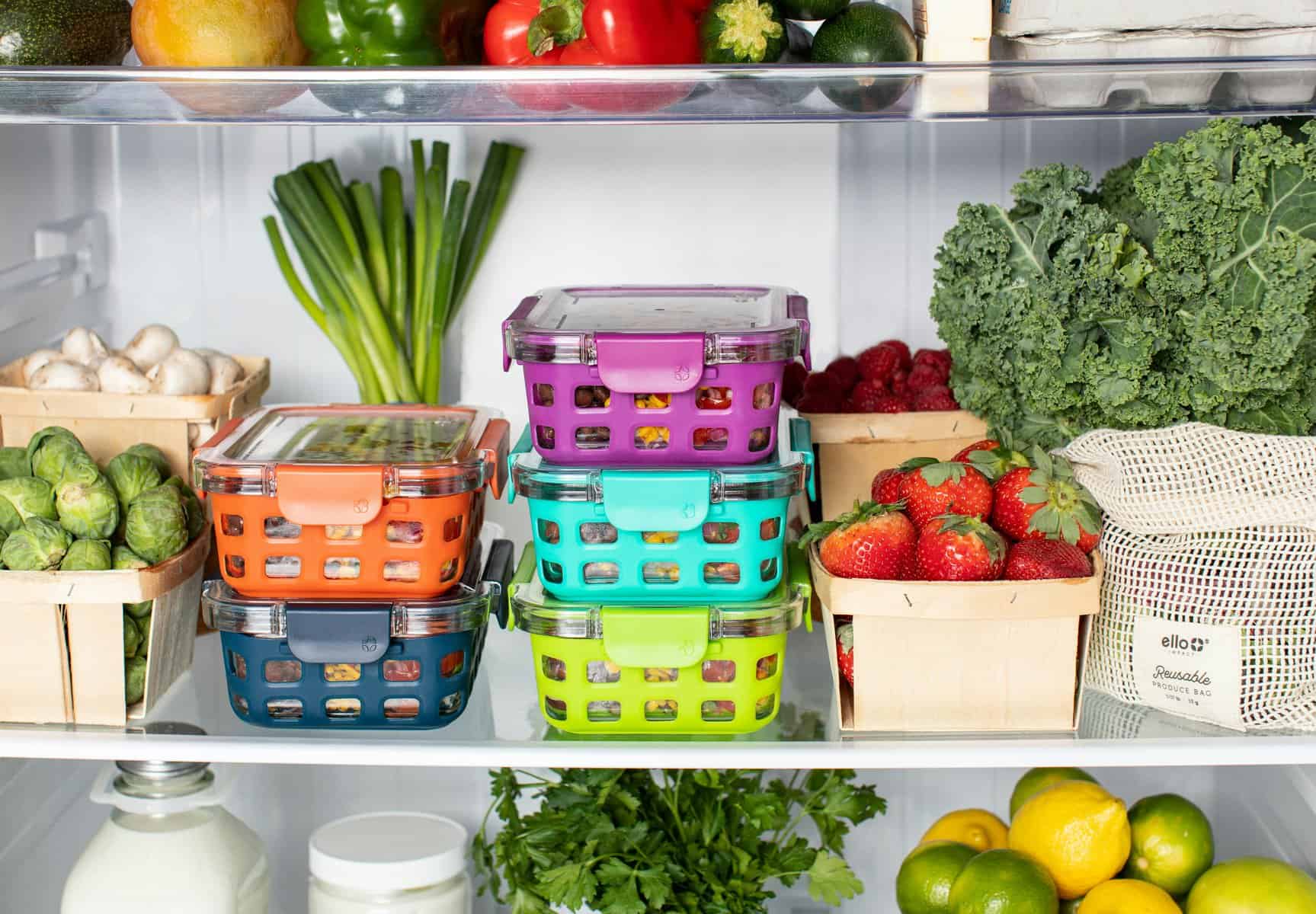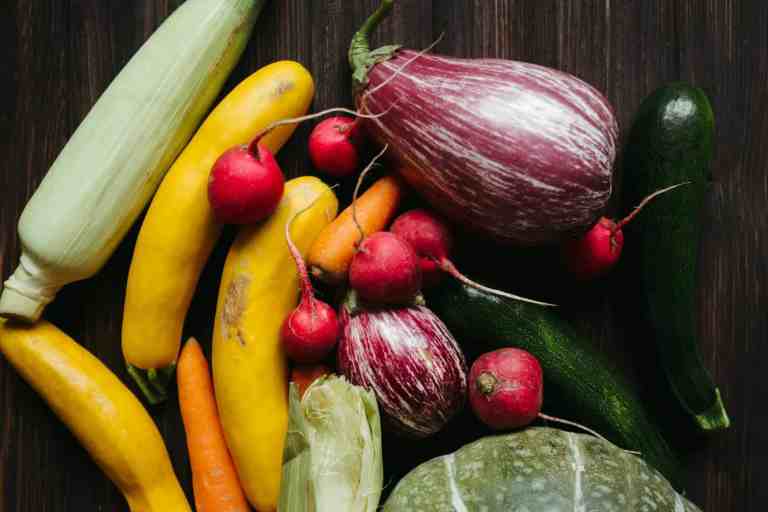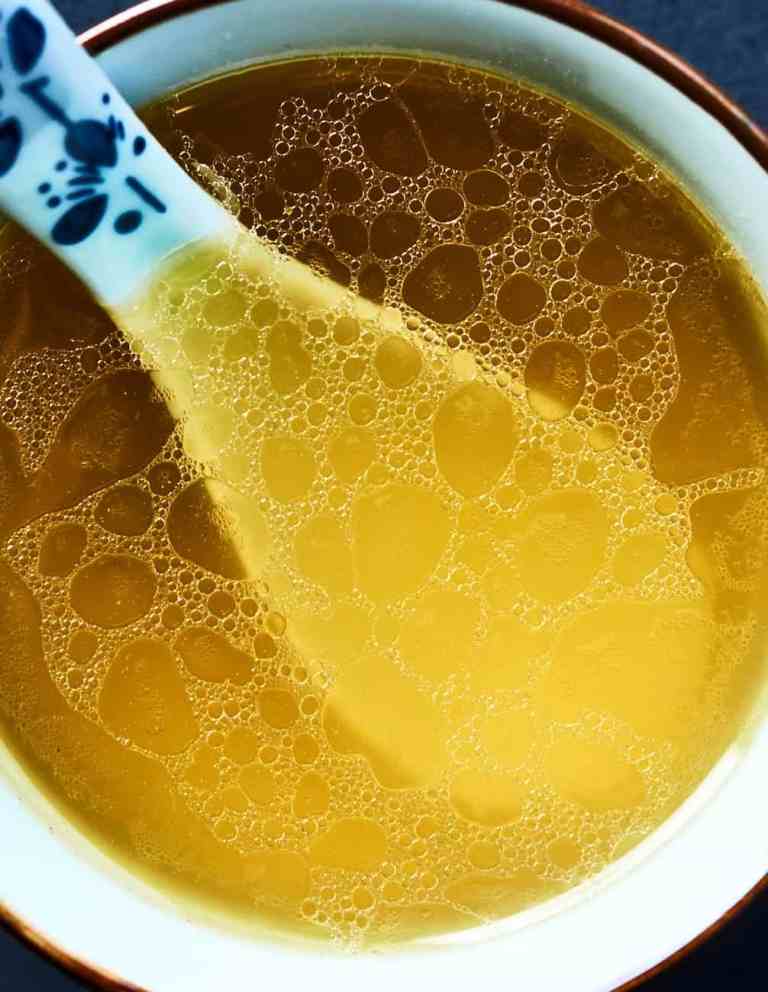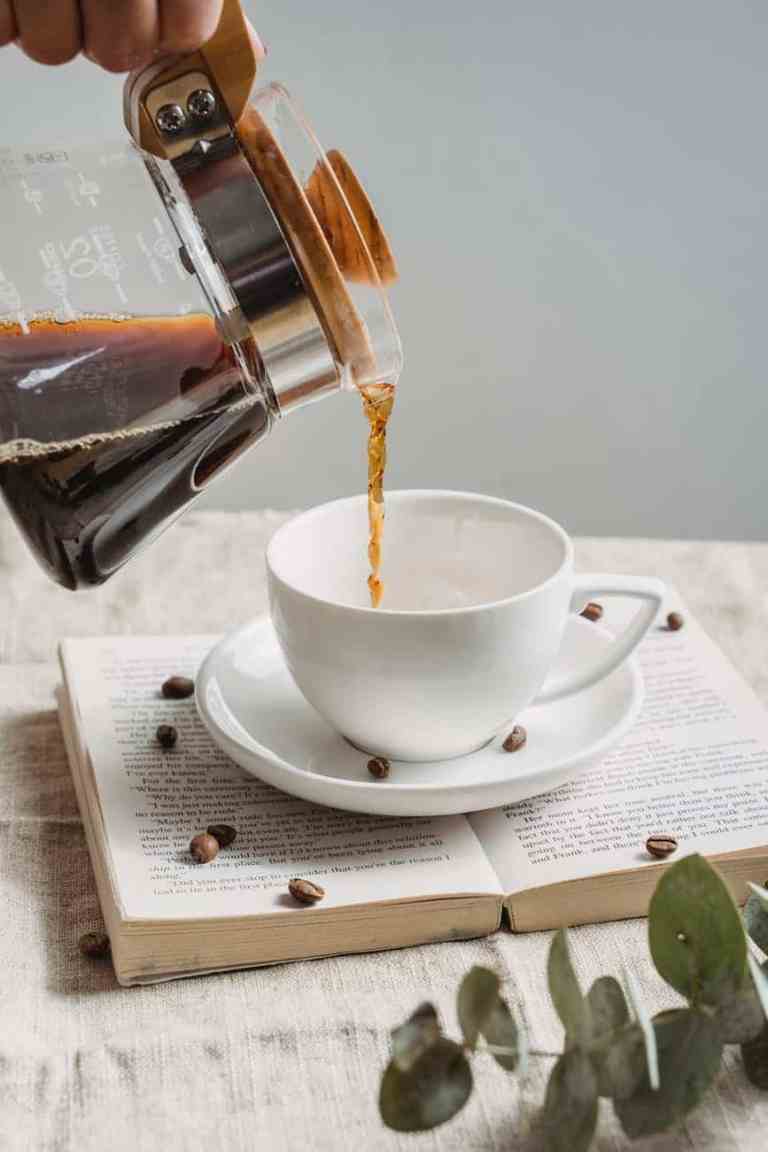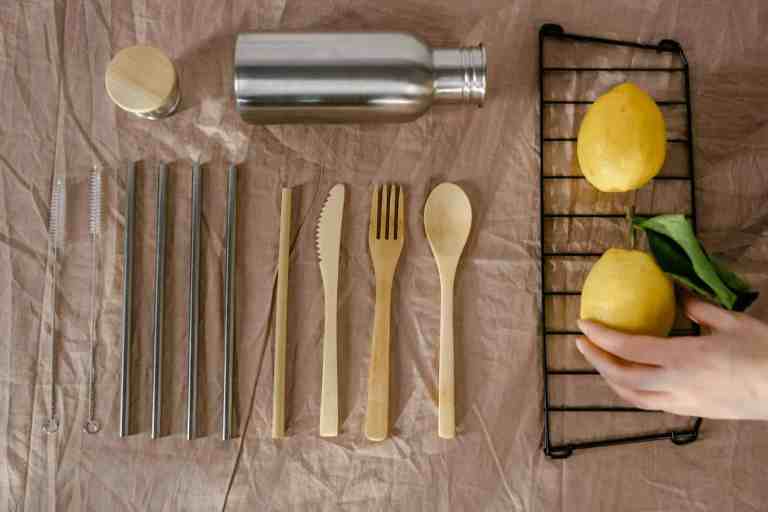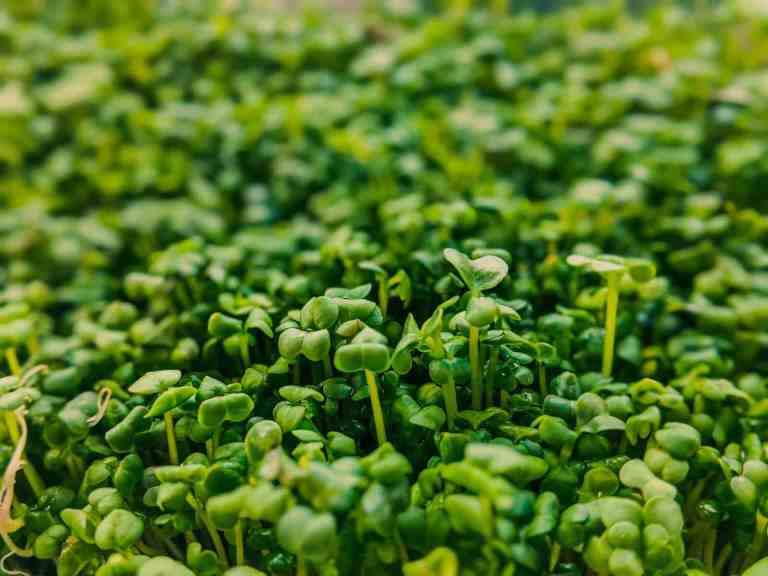The Best Non-Toxic & Eco-Friendly Food Storage Containers
Meal Prep Videos always seem to go viral. But between purchasing plastic containers in bulk, the toxicity of plastics, and the expensive aesthetic containers, one common thread seems to be missing. How can you meal prep with eco-friendly containers? And which are the best non-toxic food storage containers?
If you’re meal prepping, it’s inevitable you’ll need a variety of containers to store food. Various factors affect which food container is right for your needs. Whether that’s storing hot food, reheating, or portion control for healthy meals, there are different types of meal prep containers for different needs. Regardless of whichever you select, you’ll want to select ones that are non-toxic.
Plastic meal prep containers aren’t great for you or the planet, but they offer the perks of affordability and convenience. Some glass containers are great, but they come with plastic lids that won’t work for the long term. Without sacrificing the things that make meal prep containers great, we’re sharing some tips on how to find eco-friendly meal prep containers and which we think are the best non toxic eco food storage containers.
Understanding the Environmental Impact of Plastic Meal Prep Containers
Single-use Plastic Containers and Their Drawbacks
Plastic containers, once a staple in every kitchen, have proven to be a significant contributor to environmental pollution. Their convenience is overshadowed by the long-lasting harm they inflict on the planet.
Not to mention, they are a drain on your wallet. If you purchase new plastic containers every week for a year ($10 x 52 weeks), you’ll be spending over $500 a year on containers alone! With the cost of groceries rising, that money would be much better spent on healthy ingredients. Buying single-use containers wastes resources and money and contributes to plastic pollution.
The Role of Harmful Chemicals in Traditional Containers
Beyond the environmental impact, traditional plastic containers often contain harmful chemicals that can leach into food, posing health risks over time. Some plastic food storage containers have a lining with something called, BPA (Bisphenol A) or contain phaltates, which are known endocrine disruptors. Even with BPA-free plastic, the risk of plastic leaching into your food is more pronounced if the container is scratched or heated. Over time, your plastic containers will get scratched, so do your best not to use them too much. There are safer options available, so making a conscious switch to eco-friendly options eliminates this concern.
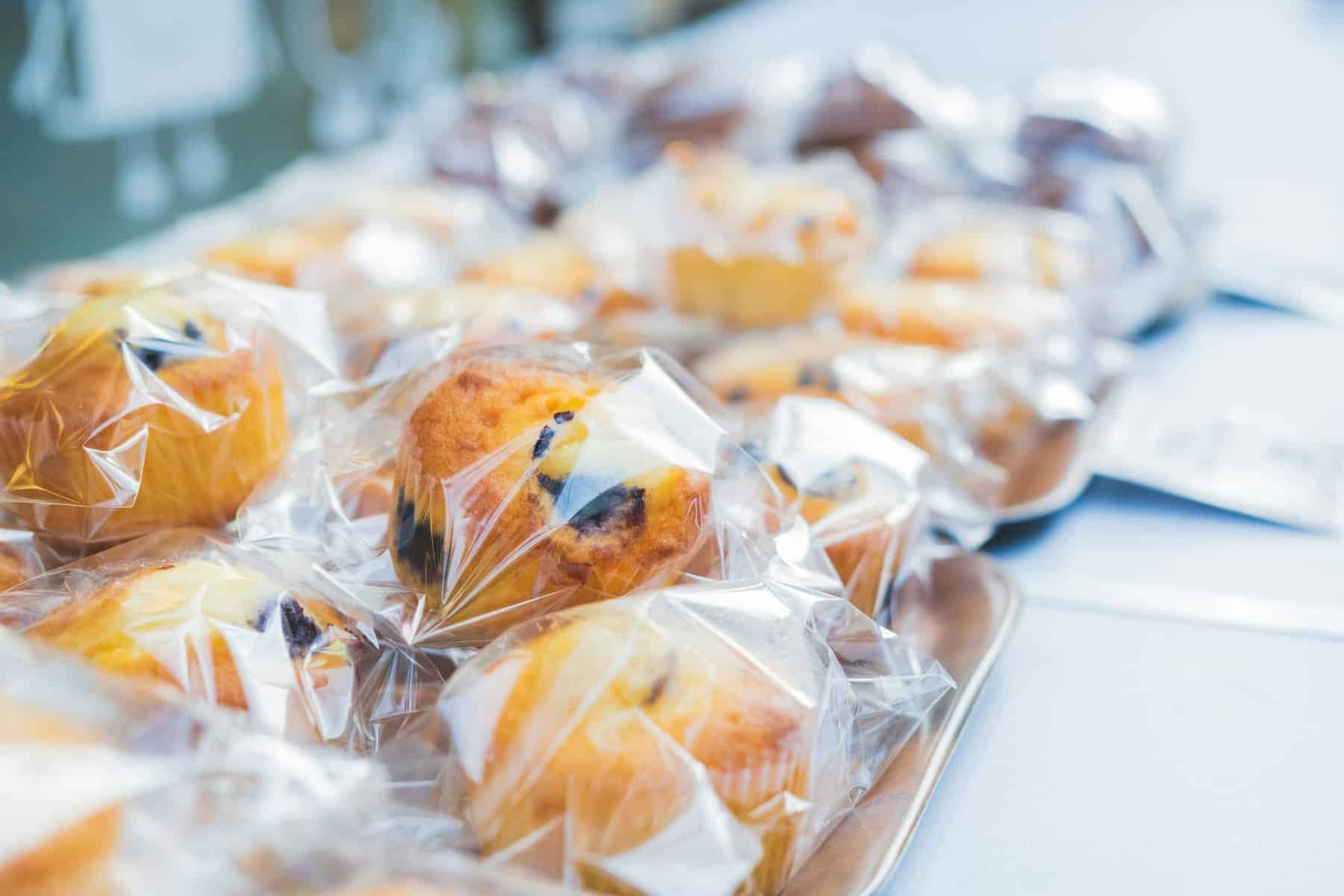
Plastic Wrap and Its Impact on the Environment
Plastic Film, plastic wrap, or plastic bags were always an easy option to grab whenever you made a big batch of a meal and were looking for a way to cover it. This single-use cling film doesn’t cover food well and is prone to spills and spoilage. Because the film is made from plastics, it poses similar threats as plastic containers.
Contrary to popular belief, plastic wrap and plastic bags cannot be recycled, which is a mounting issue of plastic pollution. There are many great alternatives to plastic wrap, which we’ll cover in this post.
Emergence of Options in Eco-Friendly Meal Prep Container
Many companies recognize the need for a better option and have introduced new products or repositioned existing products. The market now offers an array of non-toxic and eco-friendly containers that cater to different preferences and lifestyles. Understanding the available options is key to making a positive impact. The best option
From glass and stainless steel to clever choices like Weck jars and Stasher bags, the options for non-toxic and eco-friendly meal prep containers continue to be more diverse. Each type brings its own set of benefits to the table.
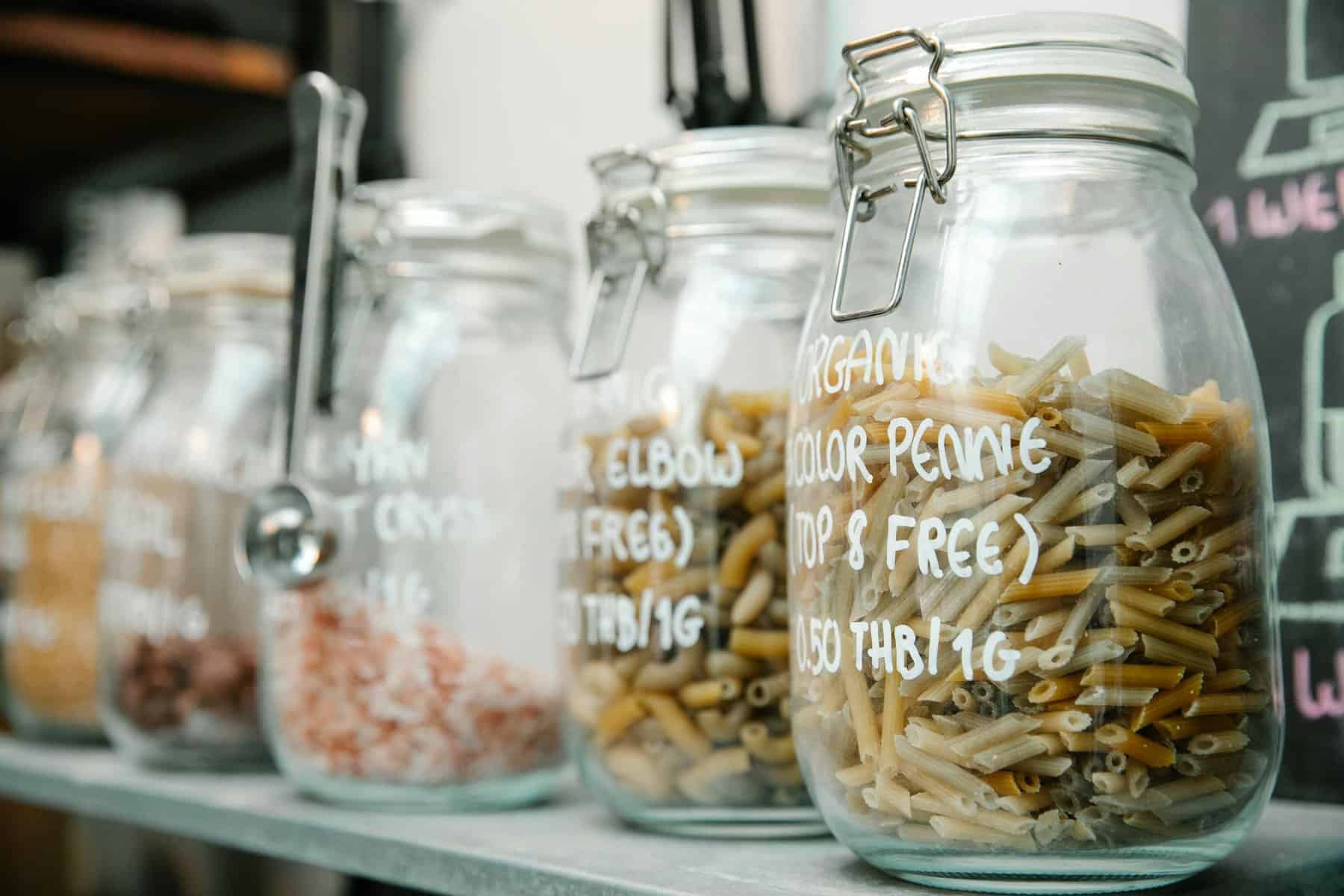
Glass is the Best Non Toxic Food Storage Containers
Features and Benefits of Glass Food Storage Containers
Glass meal prep containers are gaining popularity for good reasons. They are transparent, allowing easy visibility of the stored content. Glass containers are resistant to odors and stains. This means if you make roasted garlic and store it in a glass jar, the next time you use it, it won’t smell like garlic!
Many glass containers come with airtight lids and leak-proof design. This makes storage easy and finding them in your refrigerator a breeze. They provide the perfect solution for those seeking a reliable and sustainable option.
Finally, glass containers can be reheated. So, if you have a meal in a glass container, you can stick it in the microwave to reheat your food. This saves you from getting a new dish or paper plate to reheat your food. However, you’ll definitely need to check your individual containers to see if your brand is oven-safe.
My favorite meal prep containers are pyrex glass containers which can freeze and reheat well, and are dishwasher safe for easy cleaning. Pyrex containers are a popular choice as a safe option instead of plastic storage containers.
Various Shapes and Sizes
Glass containers come in a variety of shapes and sizes, catering to different storage needs. This versatility makes them an excellent choice for meal prepping enthusiasts. Best of all, they typically come in mix-and-match sets with similar-sized lids. High quality glass jars and containers will have airtight lids with a silicone seal to prevent spills.
Disadvantages of Glass
The first and obvious disadvantage of glass is that it can break. When it does break, it is a messy clean-up. Additionally, many glass food storage containers come with a plastic lid.
If you have young kids, you might not want to have them take their lunch in glass containers. If that’s the case, you’ll want to explore some of our other options below!
Stainless Steel Non Toxic Food Storage Containers
Advantages of Stainless Steel Containers
Stainless steel containers are celebrated for their durability, rust resistance, and minimalistic design. Choosing them ensures a long-lasting and eco-friendly solution for your meal prepping needs. Stainless steel is great for reducing odor transfer as well.
One of the key features of stainless steel containers is their leak-proof lids, offering peace of mind when carrying meals on the go. This feature is particularly beneficial for those with a busy lifestyle.
Stainless steel is a durable option to hold your food, where you won’t have to worry about it breaking. It’s great for storing large batches of food since the steel is inert and easy to clean. They are also a great option to store cold foods because you don’t need to worry about reheating.
Disadvantages of Stainless Steel Containers
Stainless steel is derived from coal derivatives. While some companies are looking to make coal-free steel, it’s still a ways away. For now, steel can be recycled and reused for various purposes based on its durability and longevity.
If your go-to method of reheating food is the microwave, you won’t be able to reheat it in stainless steel containers. For some, this may be an inconvenience, while for others, this means just grabbing a clean plate.
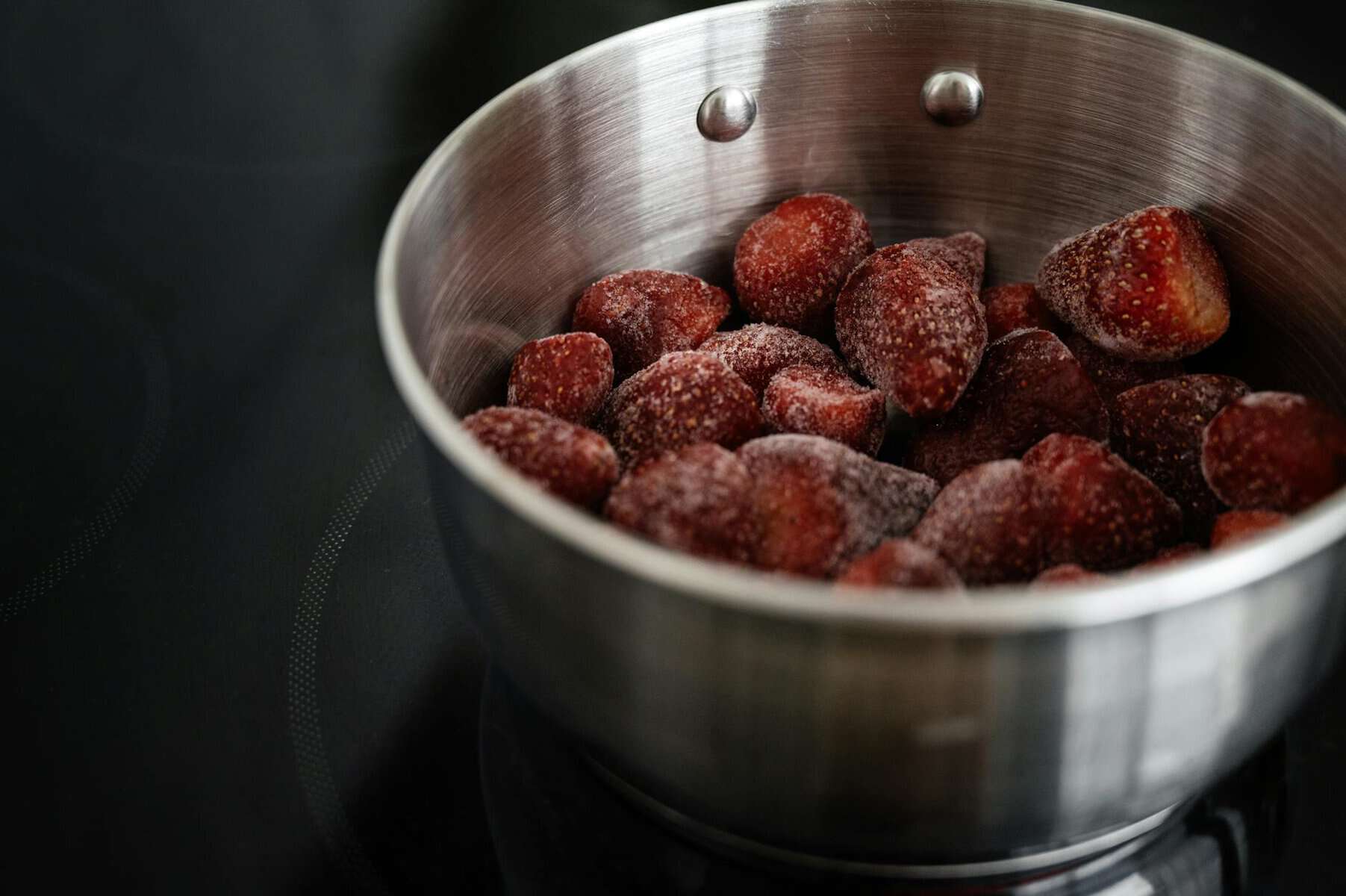
Bento Boxes: Stylish and Practical
The Rise of Bento Boxes in Meal Prepping
Some might say that a bento box was the first lunch box design since they have been used in Japan as far back as the 12th century. Bento boxes have gained popularity not just for their aesthetics but also for their practicality. They offer compartmentalized spaces, making them ideal for organizing a variety of foods.
Why They Are a Great Choice for Eco-Conscious Individuals
Eco-conscious individuals appreciate bento boxes for their reusable nature. They are great options for kids’ school lunches because you’ll be able to add a variety of foods without having the food touch. This means no more soggy sandwiches or crushed crackers packed next to fruit. They eliminate the need for disposable containers and contribute to reducing single-use plastic waste.
Different Sizes and Designs Available
Bento boxes come in a range of sizes and designs, catering to different appetites and preferences. From compact options for snacks to larger sizes for full meals, there’s a bento box for every occasion.
Disadvantages of Bento Boxes:
Many come in plastic, so be sure to check what the material is made from before making a purchase. Some bento boxes can be difficult to clean by hand, so having a dishwasher makes this easy.
Innovative Alternatives: Weck Jars, Stasher Bags, and Other Covers
Weck Jars and Their Unique Design Standpoint
Weck jars stand out with their iconic design and rubber seal. They offer a unique approach to eco-friendly storage while preserving the kitchen’s aesthetic appeal. Many now use these Weck Jars and Mason jars to preserve food like jams, overnight oats, salads, or sourdough starters.
Stasher Bags as a Plastic-Free Alternative
Stasher bags, made from silicone, provide a plastic-free alternative for those seeking to eliminate single-use plastic from their kitchen. Their durability and reusability make them a standout choice. Stasher bags are convenient for storing snacks, fruit, or other items in a space-saving format.
Beeswax Wraps and Silicone Lids as replacements for Plastic Wrap
Sometimes, it’s just easier to leave the food in the bowl. Rather than reaching for aluminum foil or plastic wrap, opt for these zero waste swaps. Beeswax wraps are a great naturally sourced material that have a stickiness that allows them to cling to bowls. Bee’s wrap is a good option for non-toxic material as it can be washed with warm soapy water.
Silicone lids are also a great way to cover your food in bowls. Typically they come in a pack of various sizes and are made from food grade silicone. Regardless of which you select, they both prevent single use plastic from from ending up in the land fill and plastic leaching into your food.
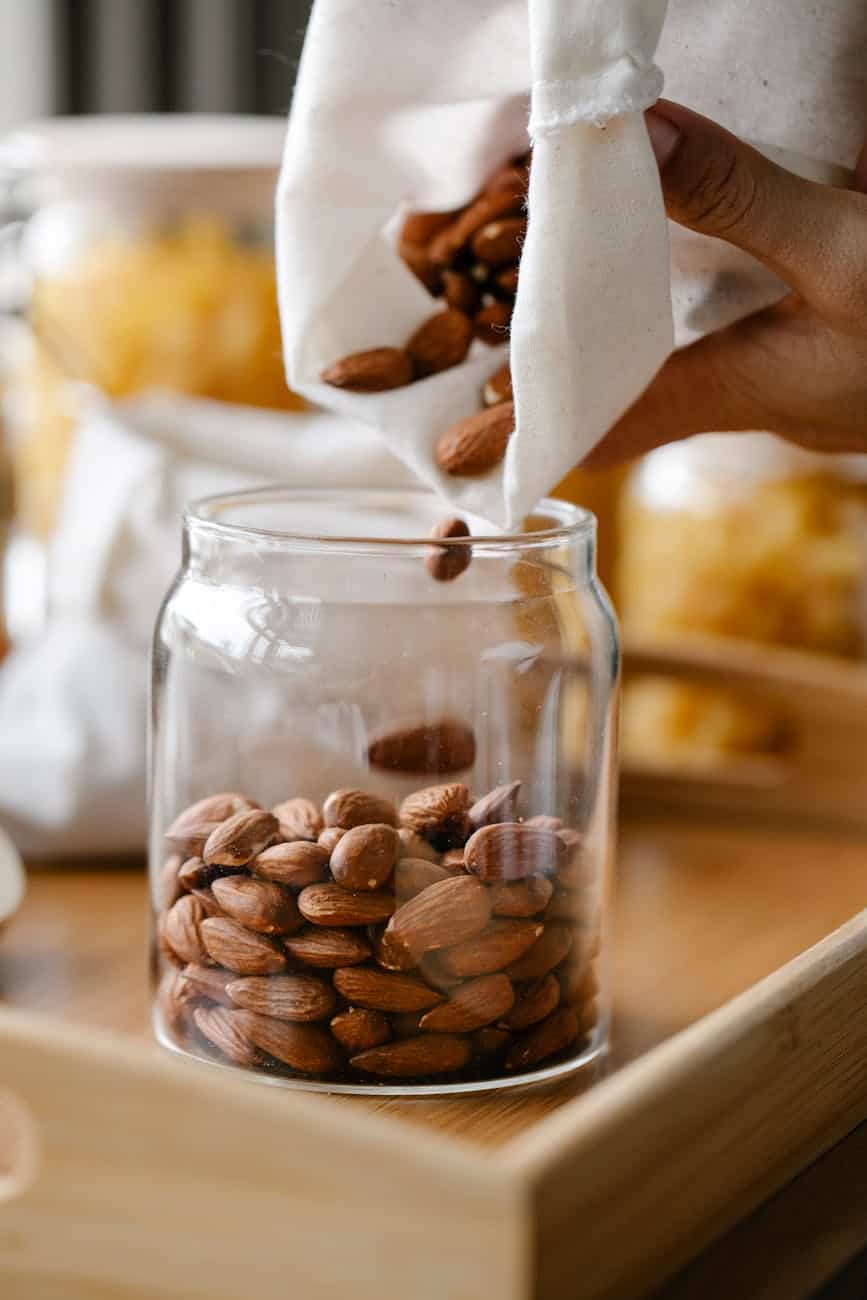
Other Considerations for Non-Toxic & Eco-Friendly Food Storage Containers
Size Matters: Variety of Sizes for Every Need
Meal prepping requires containers in various sizes to accommodate different portions and food types. Choosing a variety ensures flexibility in planning and storage. Selecting containers of different sizes plays a pivotal role in effective meal planning. For those who prefer batch cooking, large containers are indispensable. Meanwhile, small containers facilitate portion control, aiding in maintaining a balanced and healthy diet.
Lid Lock and Vent: Airtight Solutions
An airtight lid is a non-negotiable feature for any meal prep container. It ensures that flavors are sealed in, preventing cross-contamination and protecting it from the elements.
Containers with lid lock vents add an extra layer of freshness. These vents allow controlled airflow during reheating, which allows steam to escape.
Leak proof lids are crucial, especially for those who lead an on-the-go lifestyle. Nobody wants to discover their carefully prepared meal has spilled in transit. Leak-proof lids provide peace of mind when carrying meals to work, the gym, or any other destination.
Cleaning and Maintenance: Longevity of Non-toxic and Eco-Friendly Containers
Maintaining the longevity of eco-friendly containers is a simple task. Washing them in warm, soapy water ensures they stay pristine and ready for the next round of meal prepping. Containers with lids made from wood really can’t go in the dishwasher without the risk of being warped. You’ll need to handwash these.
For those with a dishwasher, many eco-friendly containers are dishwasher-compatible. Placing them on the top rack ensures gentle cleaning without compromising their structural integrity.
Eco-friendly containers are an investment in sustainable living. Ensuring their longevity through proper cleaning and maintenance is a responsible step towards minimizing waste and contributing to a greener planet.
Which are the Best Non-Toxic Food Storage Containers For You?
You can choose many different options, but it all depends on which is a good meal prep container for you. Prioritize containers with leak-proof lids that offer convenience on the go and better storage. Glass or stainless steel are great options for batch cooking, while bento boxes might be a better option for keeping food separated. Eco-friendly meal prep containers provide a solution that aligns with convenience and environmental responsibility. Non-toxic food containers are the best way to protect your health from endocrine disruptors like BPA or Phalate and prevent unknown health issues.
Embrace the variety of shapes, sizes, and materials available in eco-friendly meal prep containers that also offer the benefit of being non-toxic and free from harmful substances. It’s not just a practical decision, but it will save your money and health in the long run. Ecofriendly meal prep containers are the first step in a commitment to a better, more sustainable future – for you and the planet.
What are the best non toxic food storage containers for you? Let us know in the comments below and be sure to subscribe for more great content like this!
Discover more from made to sustain
Subscribe to get the latest posts to your email.

